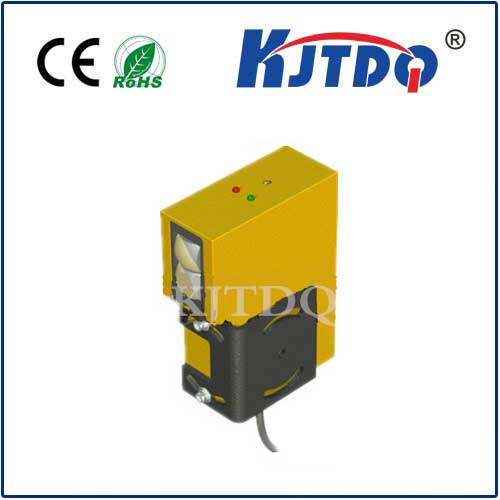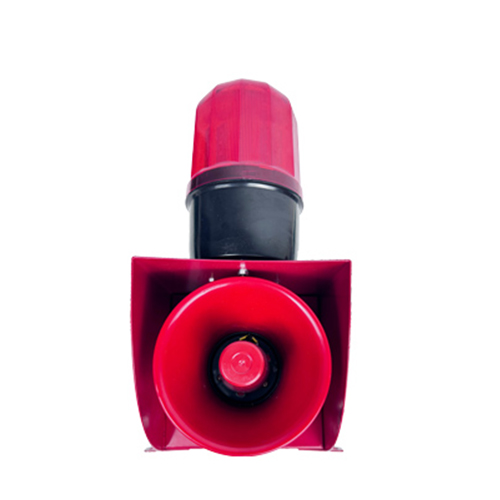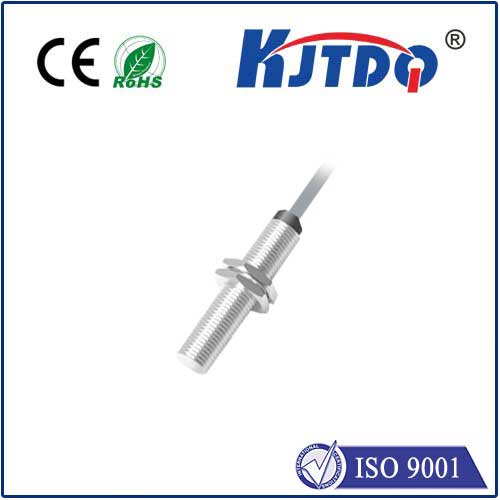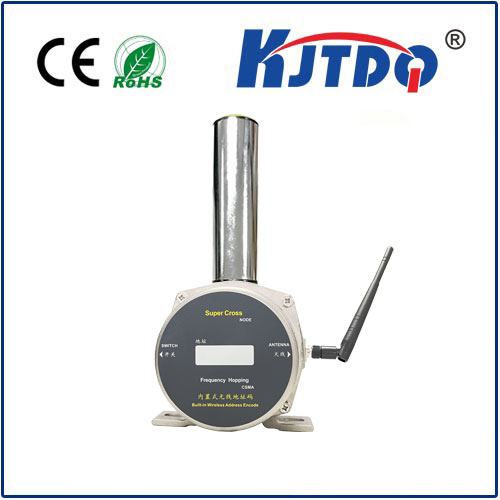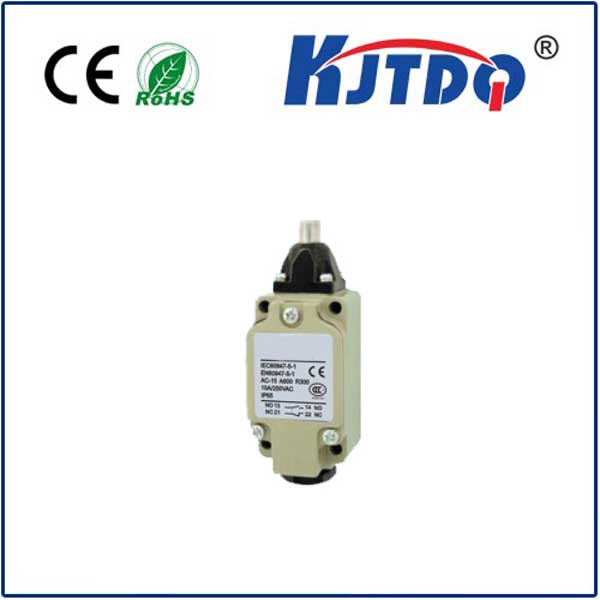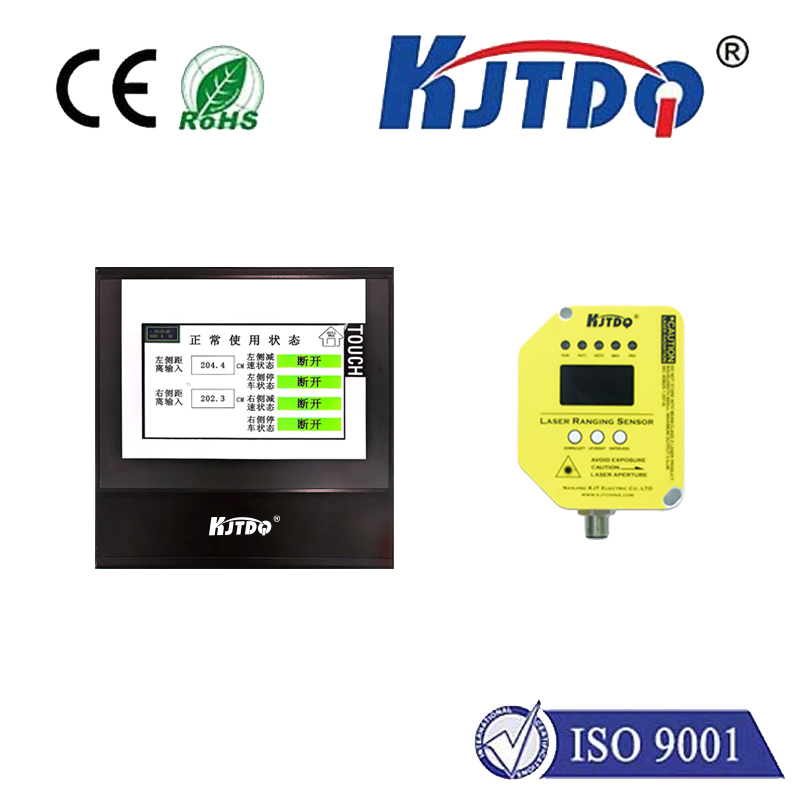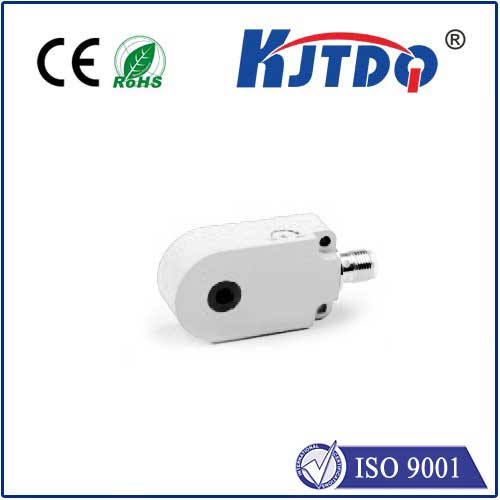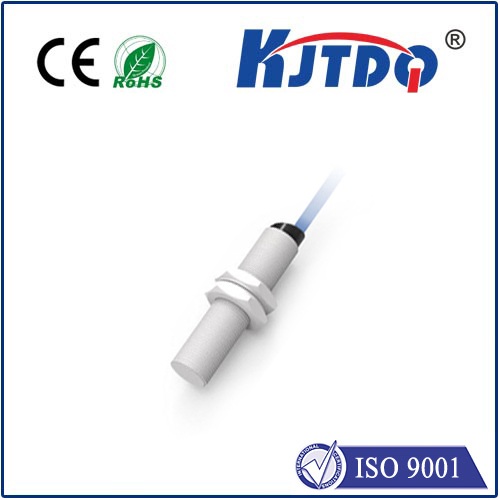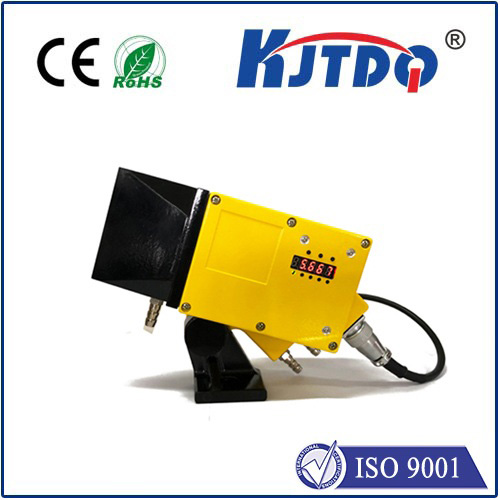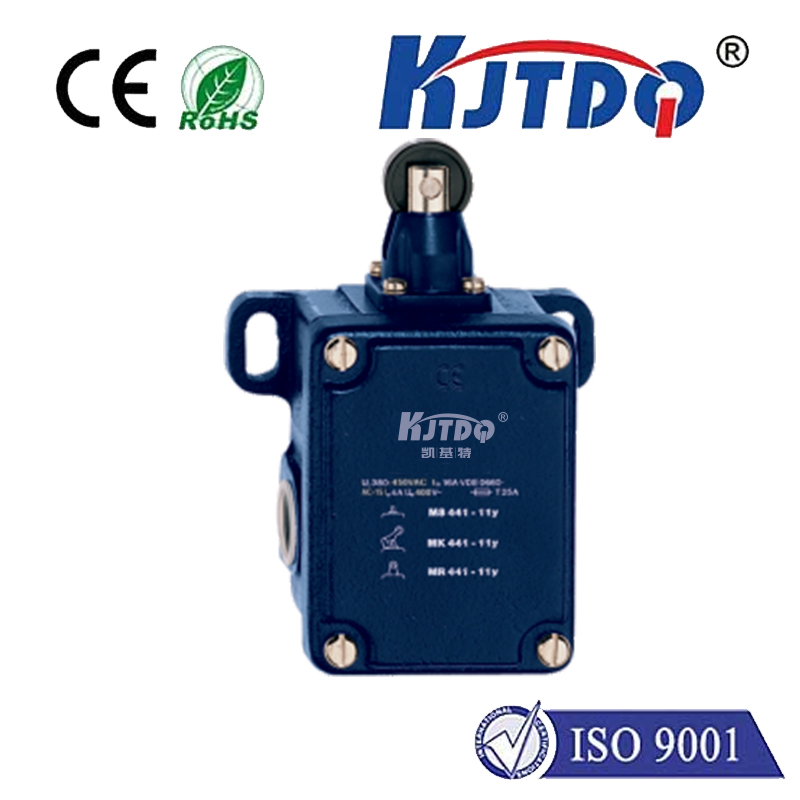60t11 Теплочувствительный переключатель
- time:2025-08-03 02:51:37
- Нажмите:0
The Essential 60T11 Thermal Switch: Your Key to Reliable Temperature Protection
Ever experienced that gut-wrenching moment when an appliance suddenly shuts down, gets uncomfortably hot, or worse, emits that faint burning smell? Often, the unsung hero preventing catastrophic failure in that scenario is a tiny but crucial component: a thermal switch. Among these vital protectors, the 60T11 thermal switch stands out as a reliable and widely trusted solution. But what exactly is it, and why is understanding the 60T11 important for engineers, technicians, and anyone relying on safe, durable electrical and electronic equipment?
Demystifying the Thermal Switch: A Guardian Against Overheating
At its core, a thermal switch, sometimes called a thermal protector or thermal cutoff, is an automatic, temperature-sensitive safety device. Its primary mission is simple yet critical: monitor the temperature within a machine, motor, transformer, power supply, or appliance and interrupt the electrical circuit if a predetermined, unsafe temperature threshold is reached. This decisive action prevents components from operating under excessive heat, which can lead to insulation breakdown, winding damage, fire hazards, or permanent failure.
Thermal switches achieve this using a thermally responsive element inside them. This element is designed to physically change state (like bending or snapping) at a specific calibrated temperature. This mechanical change triggers the opening or closing of electrical contacts within the switch, effectively breaking the power flow. Crucially, many thermal switches, including the 60T11 format, are resettable. Once the temperature cools back down below a safe reset point, the internal element returns to its original state, allowing the electrical contacts to close again and normal operation to resume – a vital feature for minimizing downtime.
Introducing the Workhorse: The 60T11 Thermal Switch

The designation “60T11” refers to a specific Модель or form factor of snap-acting, disc-type thermal switch. It represents a standardized design widely adopted across industries due to its proven reliability, compact size, and predictable performance characteristics. While exact specifications can vary slightly between manufacturers, the 60T11 thermal switch generally embodies these key attributes:
- Standardized Form Factor: The “60T11” designation typically implies a specific physical size, shape, mounting hole dimensions, and terminal configuration (often blade terminals). This standardization ensures compatibility and interchangeability across equipment designed to use this common protector type.
- Snap-Action Disc Design: At the heart of the 60T11 thermal switch is a bimetallic disc. This disc is engineered to rapidly “snap” from one position to another at a precise temperature. This snap action provides a positive, quick break of the electrical contacts, crucial for reliable circuit interruption under fault conditions.
- Critical Temperature Ratings: The defining characteristic of any thermal switch is its temperature rating. The “T” in 60T11 signifies “temperature,” and the specific number following it indicates the calibrated trip temperature in degrees Celsius. Crucially, the “11” in 60T11 is a placeholder. Actual trip temperatures range widely depending on the application’s needs – common ratings include 130°C (60T130), 150°C (60T150), 180°C (60T180), and others. Always specify the required trip temperature when referring to a 60T11 thermal switch.
- Resettable Operation: As mentioned earlier, the 60T11 thermal switch is almost always a resettable device. After tripping due to overheating and subsequent cooling, it automatically resets, restoring circuit continuity. This self-recovery feature is essential for many applications.
- Прочная структура: Designed for demanding environments, these switches are typically housed in durable, electrically insulated materials (like phenolic) capable of withstanding high temperatures and providing reliable electrical isolation.
Where the 60T11 Thermal Switch Shines: Common Applications
The reliability and versatility of the 60T11 thermal switch make it suitable for a vast array of equipment requiring over-temperature protection:
- Transformers & Power Supplies: Protecting windings and cores from overheating due to overload or cooling failure.
- Electric Motors: Safeguarding motor windings in fans, pumps, compressors, power tools, and appliances against locked-rotor conditions or excessive load.
- Household Appliances: Found in coffee makers, microwave ovens, hair dryers, clothes dryers, space heaters, and ranges to prevent dangerous overheating.
- Industrial Controls & Equipment: Used in solenoids, contactors, motor starters, and control panels.
- Lighting Ballasts: Protecting electronic ballasts in fluorescent lighting fixtures.
- Battery Chargers: Preventing charging circuits from overheating.
Why Choose a 60T11 Thermal Switch? Key Advantages
Incorporating a 60T11 thermal switch offers significant benefits beyond basic safety:
- Proven Reliability: Decades of use across countless applications attest to the fundamental robustness and reliability of this design.
- Cost-Effectiveness: As a standardized, high-volume component, the 60T11 offers excellent protection at a very competitive price point.
- Ease of Installation & Replacement: Its standardized form factor facilitates straightforward installation during manufacturing and simplifies maintenance replacement.
- Self-Recovery: The automatic reset minimizes operational downtime compared to one-shot thermal fuses (which need replacing after tripping).
- Fast Response: The snap-action mechanism ensures rapid circuit interruption upon reaching the trip temperature.
- Essential Safety Compliance: Using an appropriate thermal switch like the 60T11 is often a mandatory requirement for meeting crucial international safety standards (UL, CSA, VDE, IEC, etc.) for electrical equipment.
Selecting the Right 60T11 Thermal Switch: Vital Considerations
Choosing the correct 60T11 thermal switch is critical for effective protection:
- Trip Temperature (T-Rating): This is paramount. You MUST select the switch calibrated to trip at the specific temperature critical for your application. A 60T130 trips much earlier than a 60T180. Consult component datasheets.
- Current Rating (Amps): Ensure the switch’s rated electrical current capacity matches or exceeds the normal operating current of the circuit it protects.
- Voltage Rating: Verify the switch’s maximum voltage rating is suitable for your application’s circuit voltage.
- Mounting & Lead Configuration: Confirm the physical mounting style and terminal/lead type suit your assembly requirements.
- Certifications: Ensure the specific 60T11 thermal switch model carries the necessary safety certifications for your target market (e.g., UL File Number, CSA, VDE).
The Indispensable Protector: Integrating the 60T11 Thermal Switch
Integrating a correctly specified 60T11 thermal switch involves physically mounting it in optimal thermal contact with the component requiring protection (e.g., motor windings, transformer core, heating element surface). Its terminals are then wired in series within the main power circuit or a critical control circuit. The goal is for the switch to accurately sense the temperature of the protected component, ensuring it trips promptly if that component’s temperature exceeds the safe limit.
Conclusion: The Silent Sentinel of Safety
While small and often unnoticed, the 60T11 thermal switch plays a massive role in the safety, reliability, and longevity of countless electrical and electronic devices we depend on daily. Its standardized design, resettable nature, and proven snap-action mechanism make it an economical and highly effective solution against the destructive forces of overheating. Understanding its function, specifications (especially the critical trip temperature), and proper selection criteria is essential for engineers, repair technicians, and anyone involved in the design, manufacturing, or maintenance of safe electrical equipment. By choosing and implementing the right 60T11 thermal switch, you’re not just protecting a component; you’re safeguarding investments, preventing hazards, and ensuring operational continuity.

